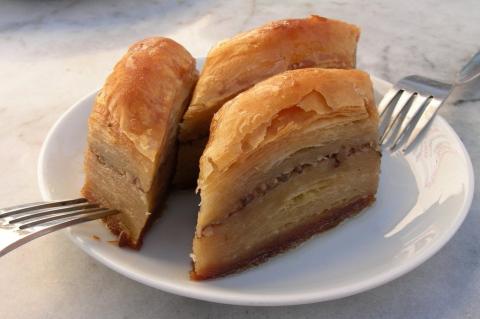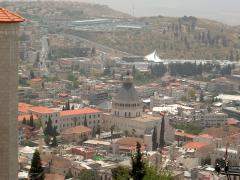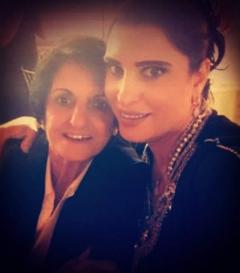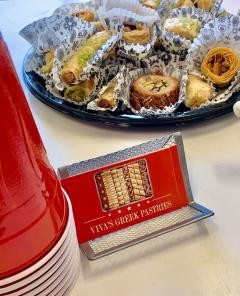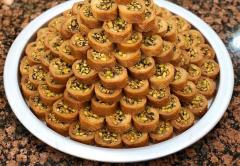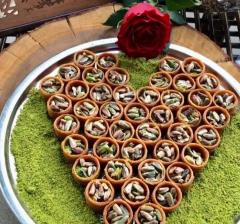Your shopping cart is empty.
You are here
Home » About
Our Inspiration
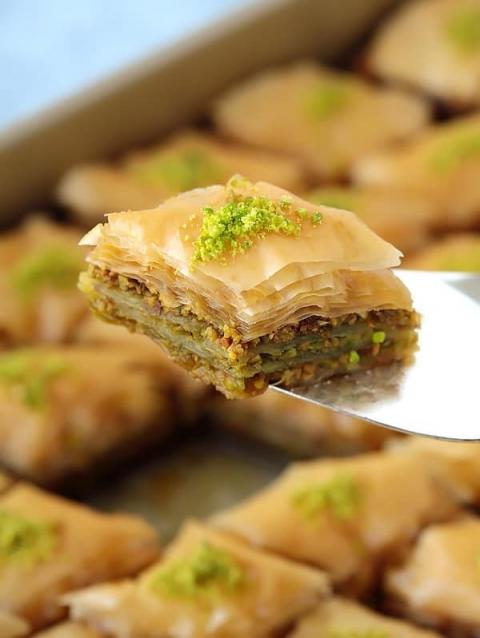
Our story begins in 1995 in the Town of Nazareth, Israel (birthplace of Jesus Christ), where at the age of 18 Viva Audeh started learning how to make Baklava with her mother Sofia Pavlou.
Sofia learned the traditional recipes of making Greek Food from her original roots in the Greek Islands. Viva's passion for quality hand made pastries was inspired by her mother's love for Greek Food.
Viva got married in 2002 and moved to the United States to start her new life. She became a mother in 2003 when she gave birth to her oldest son Anesti. In 2019 her life took a big turn when she became a single mother. Suddenly she was alone taking care of her 3 sons and her mother Sofia with no financial income, and no way to provide for herself or her family.
Viva continued to pray for strength and wisdom in hopes that God would provide a way for her to improve her situation. It was through that prayer that Viva began to realize the answer to her problem would be to share her love of Greek Pastries as a business to help support her family.
She first began in September of 2019. Viva started offering Holiday gift packs of traditional Baklava and other assorted Greek Pastries. At first, Viva wondered if anyone would want to try her pastries because Baklava is not very common in the United States and some people have never heard of it. She was so happy to see the reaction of all the people who tried her pastries. After a few months, her pastries became so popular that she was completely sold out! Viva realized the way to her success would be through sharing her love and passion for Greek Pastries for all the world to enjoy. Viva loves making new friends and telling them about her quality pastries and sharing her life experiences.
"I feel very blessed to be able to meet and chat with people to share the joy and happiness they experience when they try my pastries!" Says Viva
Viva's dream is that her pastries will bring great success to her family and that her business will prosper. Her goal is to help more people experience the joy and benefits of sharing Baklava with the world. Viva thanks The Lord that she has the opportunity to share her experiences and love for Greek Pastries with you and your family.
Thank you for visiting this website and reading this story. We hope that you will find great joy and many blessings from our work. Live, Laugh, Love 2020
History Of Baklava
